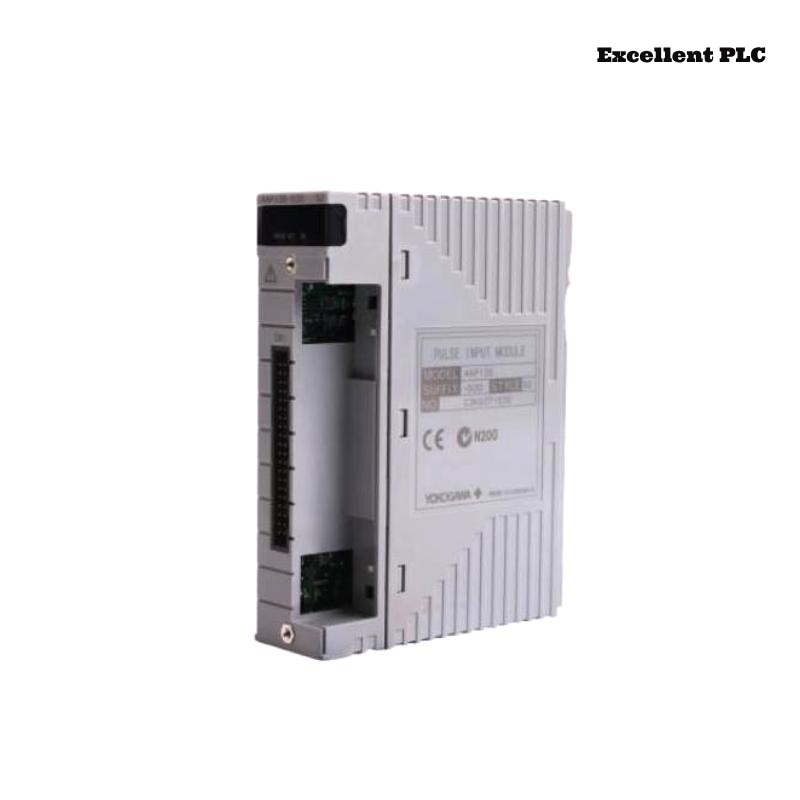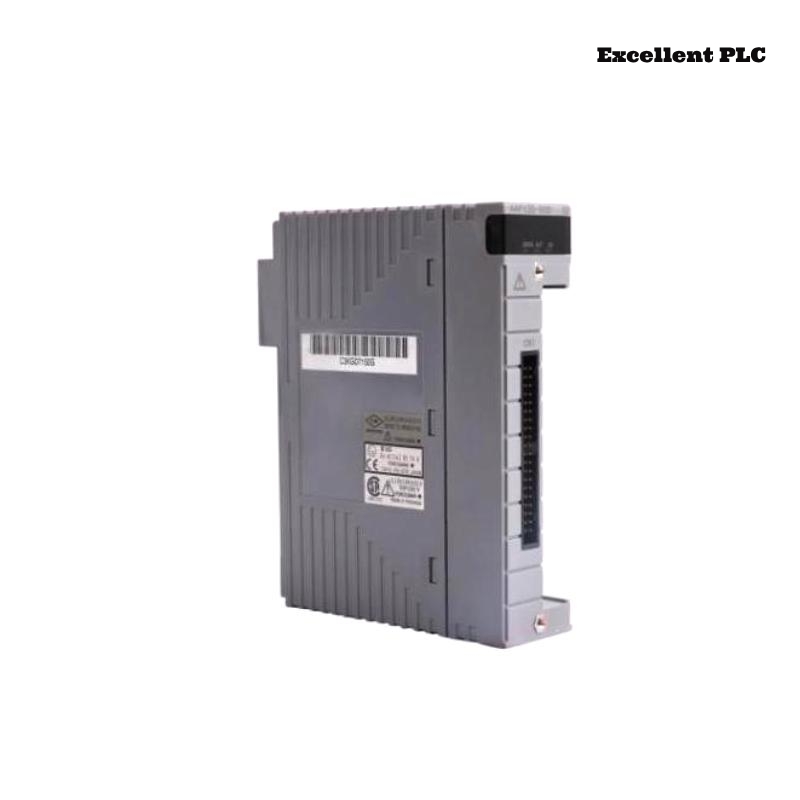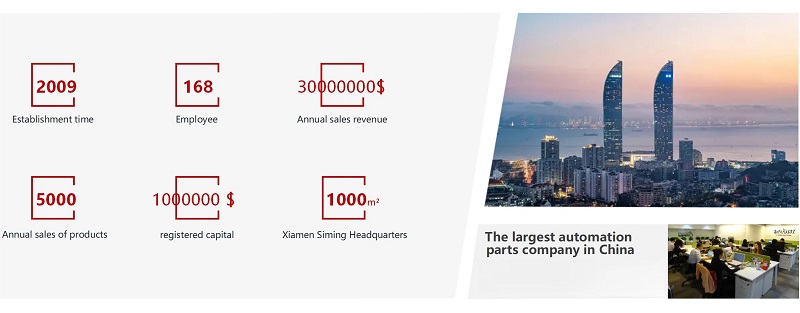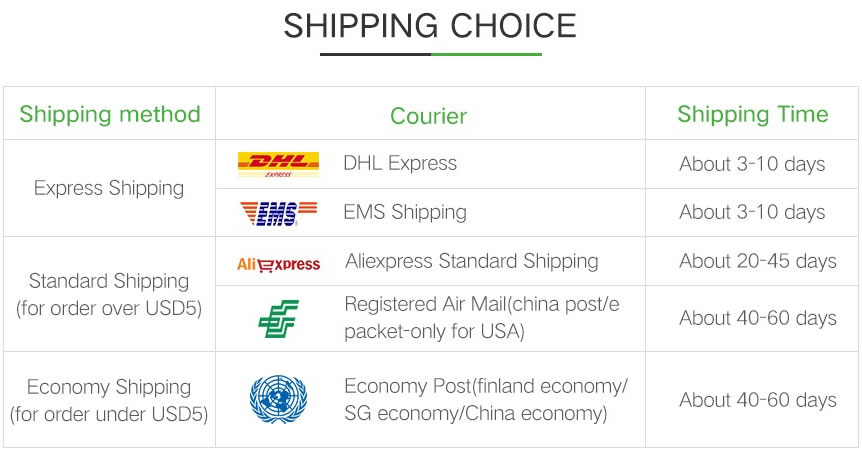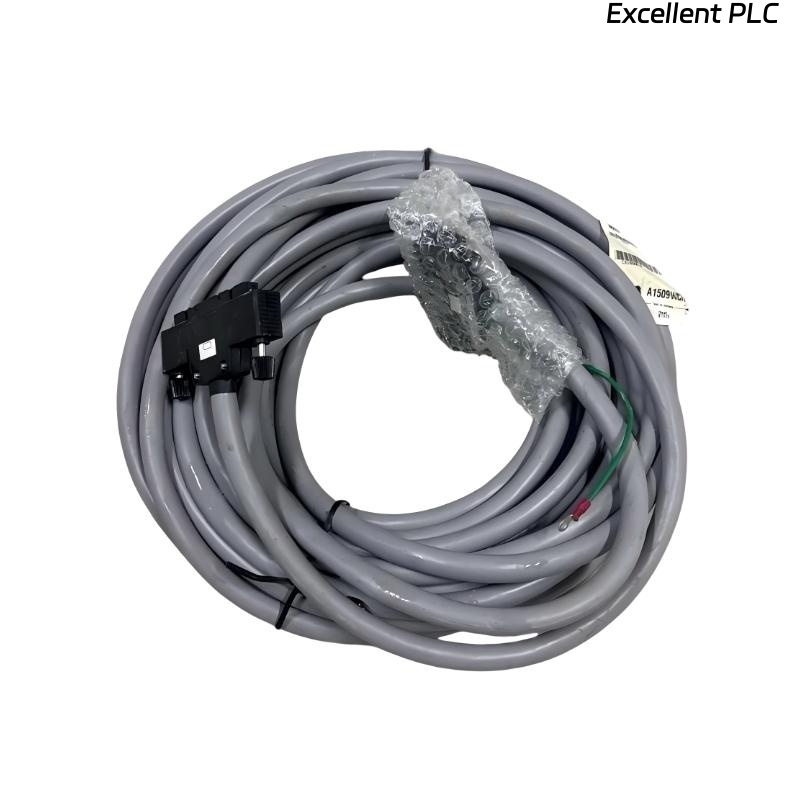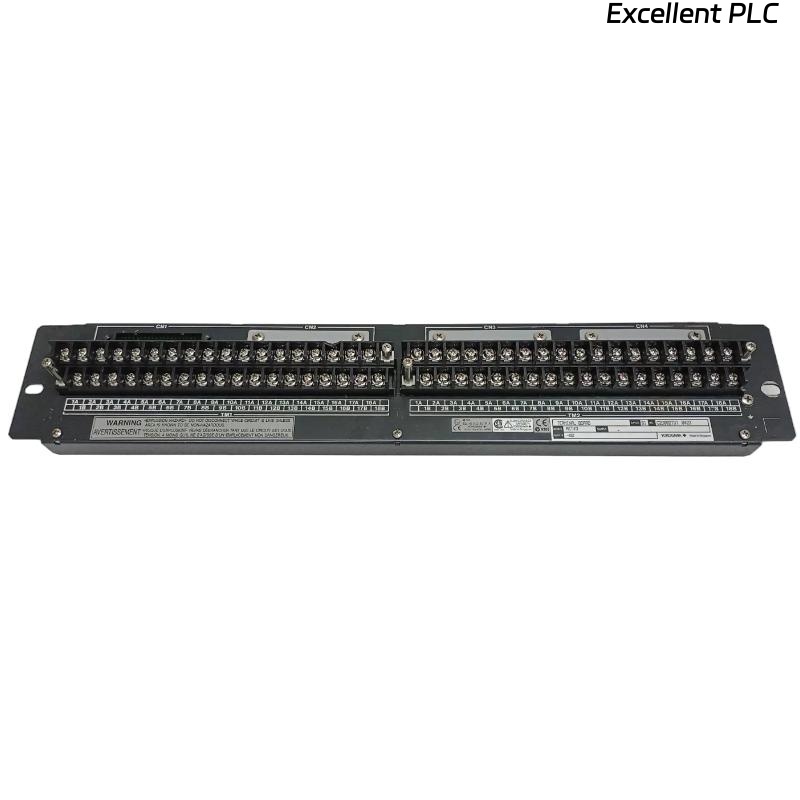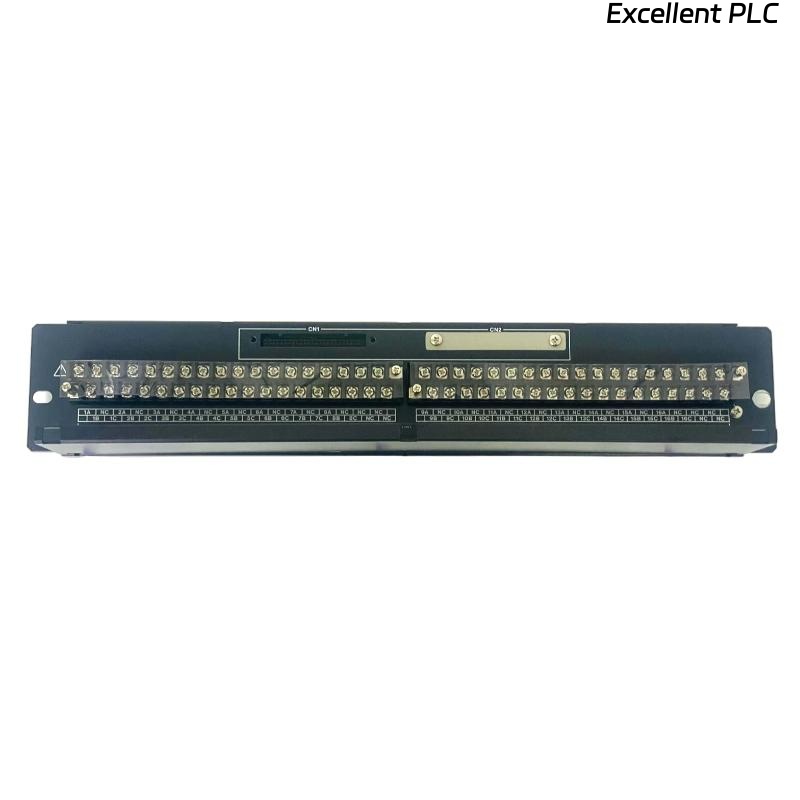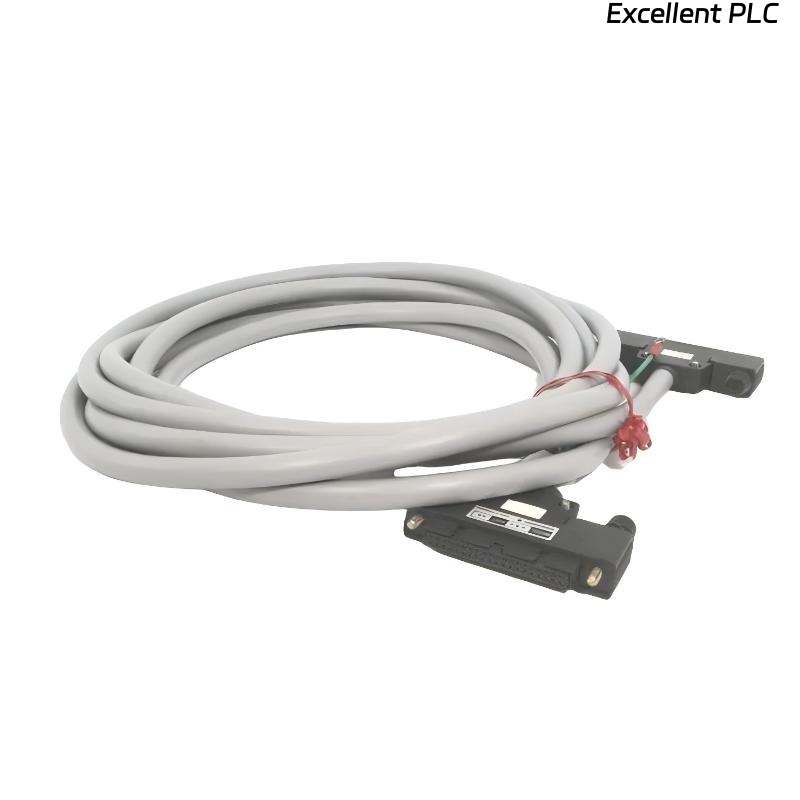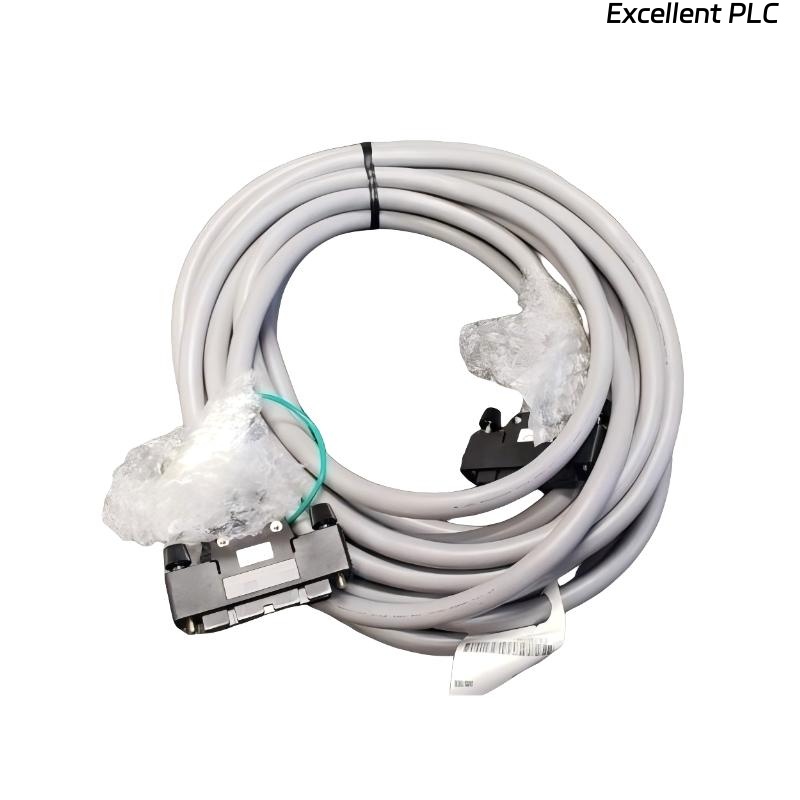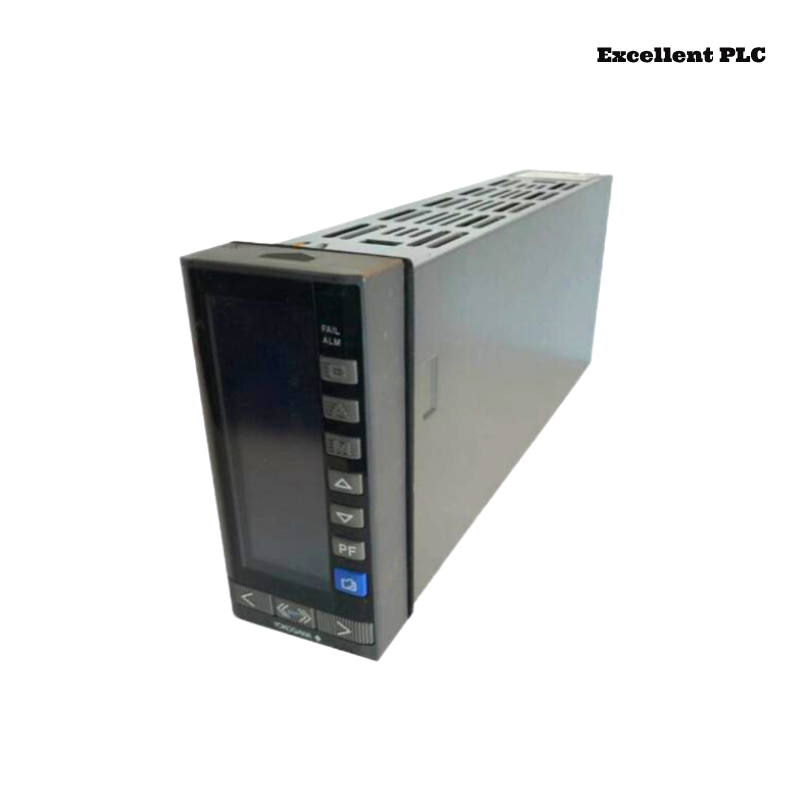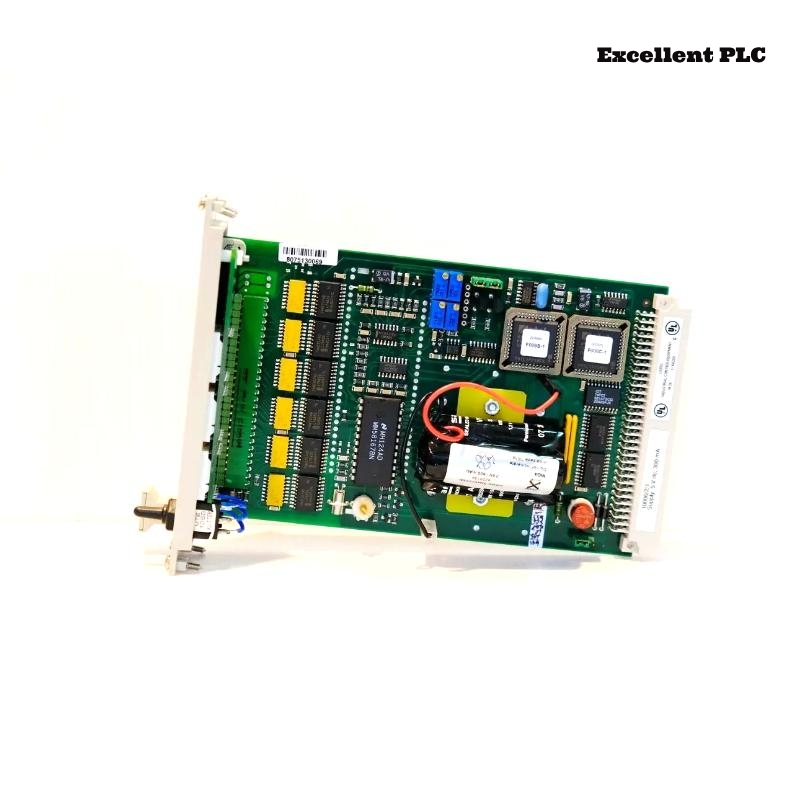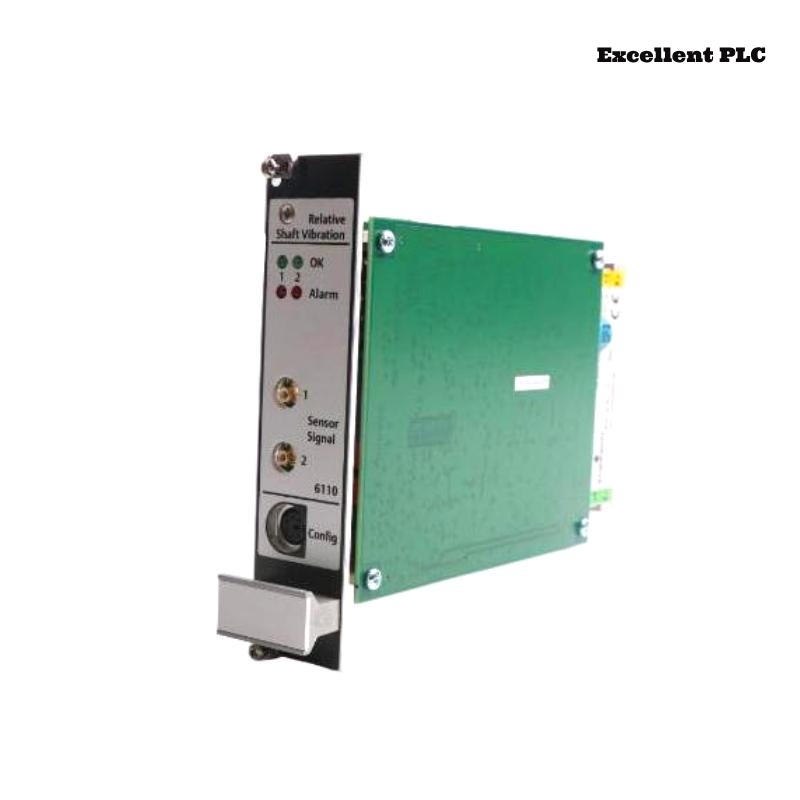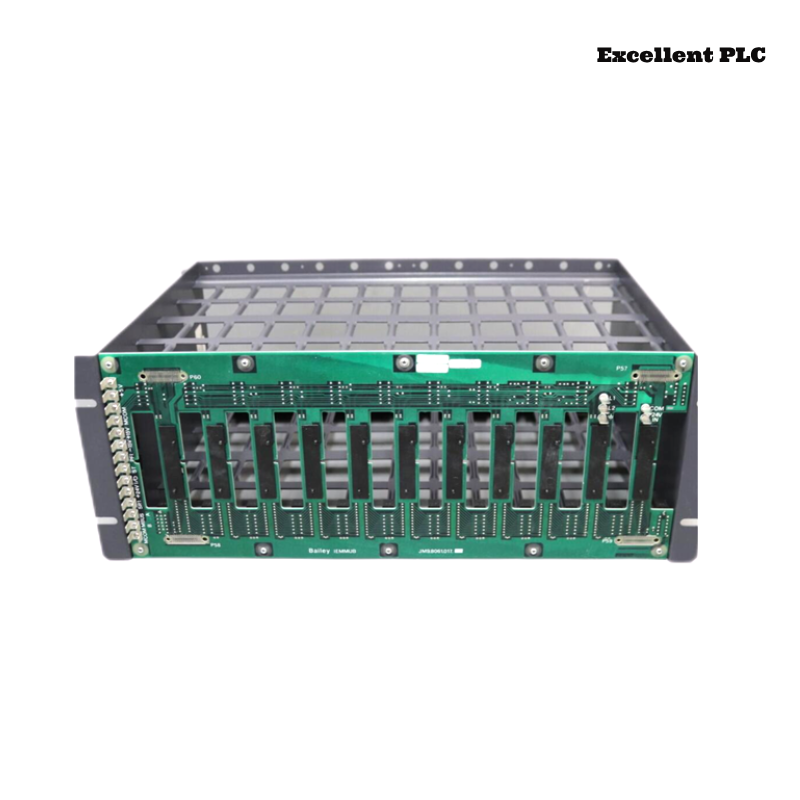| Company Information | ||||||||
| [email protected] | ||||||||
| Mobile | +8613666033393 | |||||||
| +8613666033393 | ||||||||
| 13666033393 | ||||||||
| Add | Room 1004, No. 62 Xiangxiu Li, Siming District, Xiamen City, Fujian Province, China | |||||||
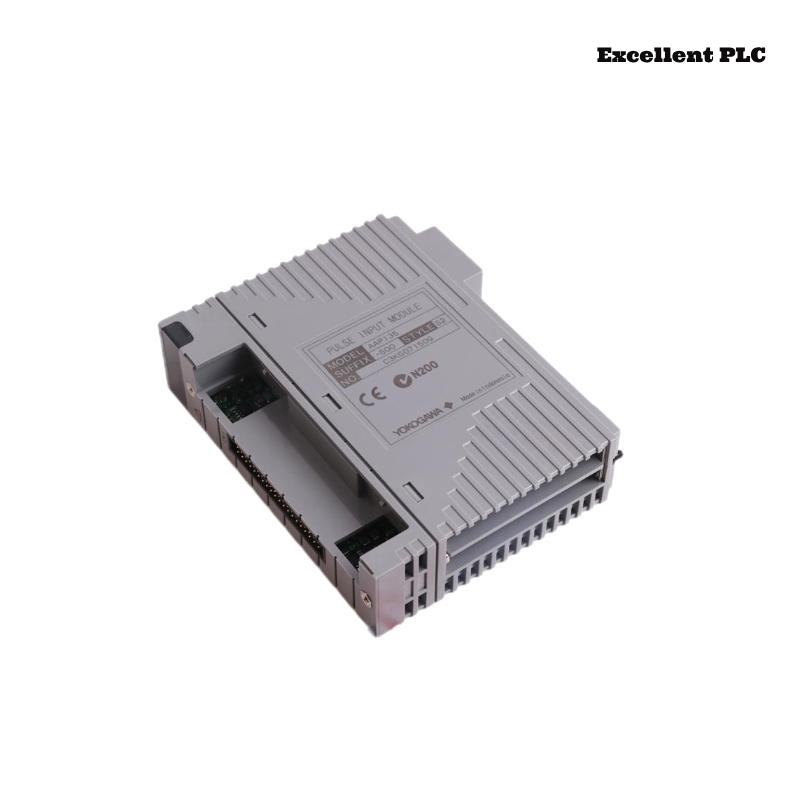
Product Overview
The AAP135 Pulse Input Module is engineered for seamless integration with Yokogawa’s CENTUM VP and CENTUM CS distributed control systems (DCS). It features eight isolated channels capable of receiving diverse pulse input signals such as contact ON/OFF, voltage pulses, and current pulses. The module ensures robust performance even in harsh industrial environments by providing isolation between field connections and the system, as well as between individual channels.
Product Specifications
Below are the detailed specifications of the Yokogawa AAP135 Pulse Input Module:
| Specification | Details |
|---|---|
| Model | AAP135 |
| Input Channels | 8 channels |
| Input Signal Types | – Contact ON/OFF – Voltage pulse – Current pulse |
| Input Frequency | 0 to 800 Hz |
| Input Voltage Range | -24 V to +24 V |
| Input Current Range | -4 mA to +20 mA |
| Accuracy | ±0.1% of full scale |
| Noise | <5 µVrms |
| Response Time | <2 seconds |
| Isolation Voltage | 500 V AC for 1 minute |
| Power Supply | 24 VDC |
| Power Consumption | 10 W |
| Operating Temperature | -20°C to +70°C |
| Storage Temperature | -40°C to +80°C |
| Humidity | 10% to 90% RH, non-condensing |
| Dimensions | 107.5 × 32.8 × 130 mm |
| Weight | 0.3 kg |
- Flow Measurement: Accurately measuring fluid flow rates by processing pulse signals from flow meters.
- Speed Monitoring: Monitoring rotational speeds of machinery by interpreting pulse outputs from tachometers.
- Volume Tracking: Calculating volumes of materials processed or transported based on pulse data from counters.
- Data Acquisition: Collecting pulse data for analysis, reporting, and process optimization.
Product Advantages
The key advantages of the Yokogawa AAP135 Pulse Input Module include:
- High Channel Density: With eight channels, it allows simultaneous processing of multiple pulse signals, enhancing system efficiency.
- Wide Signal Compatibility: Accepts various input types, including contact ON/OFF, voltage pulses, and current pulses, providing flexibility in diverse applications.
- Robust Isolation: Offers isolation between field connections and the system, as well as between channels, ensuring reliable operation in electrically noisy environments.
- Compact Design: Its space-saving form factor is suitable for installations where panel space is limited.
- Reliable Performance: Designed to operate effectively in harsh industrial conditions, ensuring consistent and accurate data acquisition.
FAQ
-
What types of pulse signals can the AAP135 module process?
- The Yokogawa AAP135 Pulse Input Module is capable of processing several types of pulse signals. These include contact ON/OFF signals, voltage pulses, and current pulses. The module is designed to work in a variety of industrial environments where different pulse signal types are generated, such as flow meters, tachometers, and counters.
-
How many input channels are available on the AAP135 module?
- The AAP135 module comes with 8 isolated input channels. This allows the user to simultaneously process multiple pulse signals, improving the efficiency of data collection and system monitoring in complex applications.
-
What is the input frequency range for the AAP135 module?
- The AAP135 Pulse Input Module supports a wide input frequency range from 0 to 800 Hz. This broad frequency range makes it suitable for a variety of pulse-based measurement applications, from slow-changing processes to high-frequency systems.
-
Can the AAP135 module handle high-voltage input signals?
- No, the AAP135 module is designed to handle input voltage signals within the range of -24 V to +24 V. For higher voltage inputs, proper signal conditioning or isolation equipment must be used.
-
What type of isolation does the AAP135 module provide?
- The AAP135 module offers 500 V AC isolation for 1 minute between field wiring and the internal system, as well as between individual input channels. This isolation ensures that the module can function reliably in electrically noisy industrial environments and provides protection from voltage surges.
-
What power supply is required for the AAP135 module?
- The AAP135 Pulse Input Module requires a 24 VDC power supply for operation. This is a common power supply requirement for many Yokogawa modules, ensuring compatibility with a wide range of systems and control applications.
-
What is the operating temperature range of the AAP135 module?
- The AAP135 module is designed to operate in a temperature range from -20°C to +70°C. This wide operating temperature range allows the module to be used in various industrial settings, including those with extreme temperature conditions.
-
How is the AAP135 module mounted?
- The AAP135 module is designed for DIN rail mounting, which is a standard method of installation in control panels and industrial enclosures. This makes it easy to integrate the module into existing systems without requiring significant modification.
-
What are the advantages of using the AAP135 module in industrial applications?
- The AAP135 Pulse Input Module offers several advantages, including:
- High reliability due to its robust design and isolation capabilities.
- High-density input channels that allow for multiple pulse signal inputs in a single module.
- Flexibility in handling different types of pulse signals, such as contact, voltage, and current pulses.
- Compact design, making it ideal for installations where space is limited.
- The AAP135 Pulse Input Module offers several advantages, including:
-
Can the AAP135 module be used in dual-redundant configurations?
- Yes, it supports dual-redundant configurations for enhanced reliability.
Related Models and Popular Models from Yokogawa
| Model | Description |
|---|---|
| AAP130 | Analog Input Module with 8 channels for voltage and current signals |
| AAP140 | Digital Input Module with 16 channels for discrete signals |
| AAP150 | Digital Output Module for control and process automation |
| AAP110 | Temperature Input Module for thermocouple and RTD sensors |
| AAP120 | Multi-Function Input Module for a variety of analog and digital inputs |
| AAP160 | Pulse Output Module for controlling remote devices |
| AAP180 | Signal Conditioning Module for sensor signal optimization |
| AAP200 | Multi-Channel Analog Input Module for high-density applications |
Popular Yokogawa Models
| Model | Description |
|---|---|
| ADMAG AXF | Magnetic Flowmeter for precise flow measurement |
| YTA510 | Temperature Transmitter with HART protocol support |
| DPharp EJA | Pressure Transmitter with high accuracy for process control |
| CENTUM VP | Distributed Control System (DCS) for process automation |
| CA71 | Calibrator for process instrumentation |
| FLXA202 | Intelligent pH/ORP Analyzer |
| STARDOM | Distributed Control System (DCS) for industrial applications |
| TXP Series | Compact and high-performance temperature transmitters |
 Excellent PLC
Excellent PLC


